The “retro futuristic” shape of the new Renault 5 E-Tech does more than merely remind people of the great days of the original R5, according to its designers.
Group design boss Laurens van den Acker believes it gives the marque an iconic look and shape with the same kind of long-lasting ability as the BMW Mini or Fiat 500; perhaps even the Porsche 911.
The adoption of the new R5 shape was a highly pragmatic decision made by group CEO Luca de Meo when he first arrived in the company three and a half years ago. The concept was already complete in the design studio, having been created on spec by designers who realised the company needed to replace both Clio and Twingo, and couldn’t afford to do both.
The new 5 was their answer — and as van den Acker explains — de Meo seized it as the emblem for his now-famous Renaulution plan.
Van den Acker believes Renault will reap big benefits from using an emotional, retro-modern design, but he acknowledges there could be problems at replacement time for companies who have such designs — and nothing else. Renault isn’t in that position, he says. “We have other B-segment models,” he explains. “Led by Luca, we believe the 5 could go 20 years. But the Clio will change with the times.”
The production version of the Renault 5 was unveiled earlier this week at the Geneva motor show, as the first in a wave of retro electric cars coming from the French brand over the next few years.
As promised, the road car is a faithful translation of the acclaimed concept from 2021, taking heavy inspiration from the original 1970s Renault 5, and it will eventually be joined in dealerships by evolved versions of the similarly nostalgic Renault 4Ever and Twingo concepts.
Renault is aiming to defend its position in the increasingly competitive small car market, and the 5 E-Tech is testament to the company’s commitment to providing affordable cars in the EV era.
The launch price of €25,000 (approximately £21,400) in Europe is expected to translate to less than £25,000 when it arrives in the UK early next year. That will make it one of the most affordable electric cars on the market, undercutting even today’s cheapest, the £26,140 BYD Dolphin.



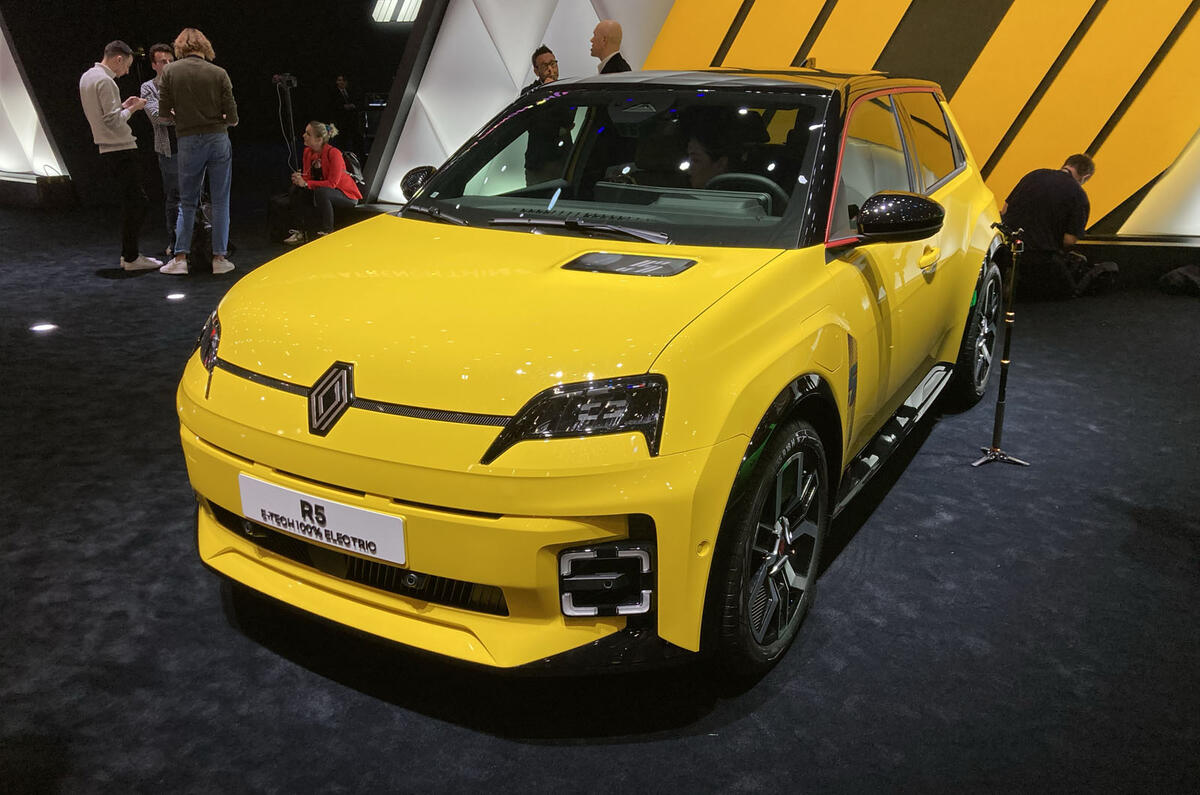
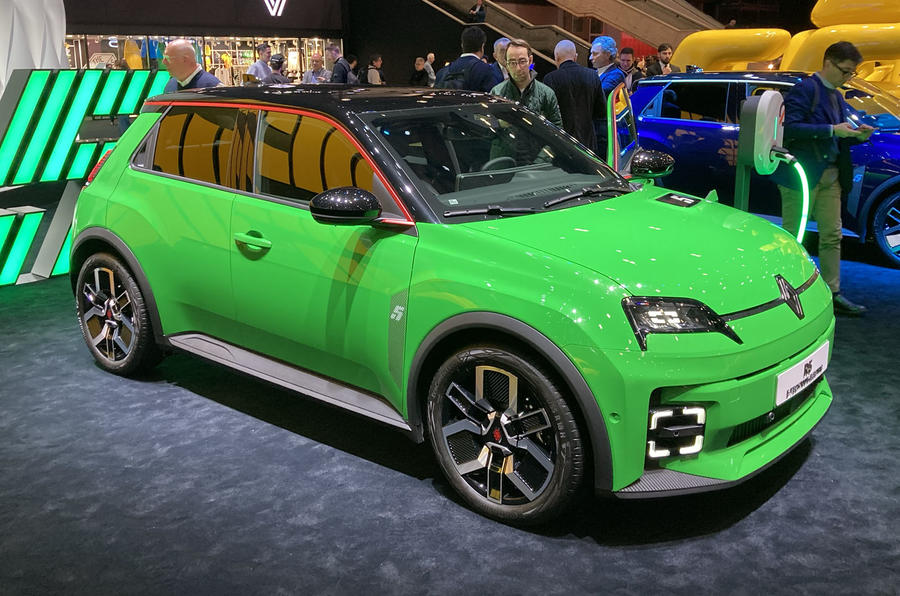
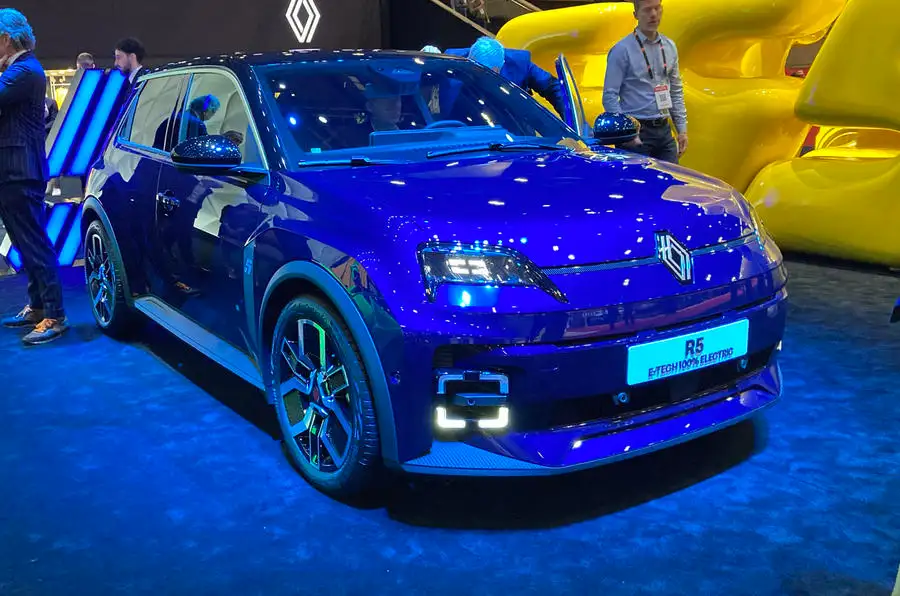





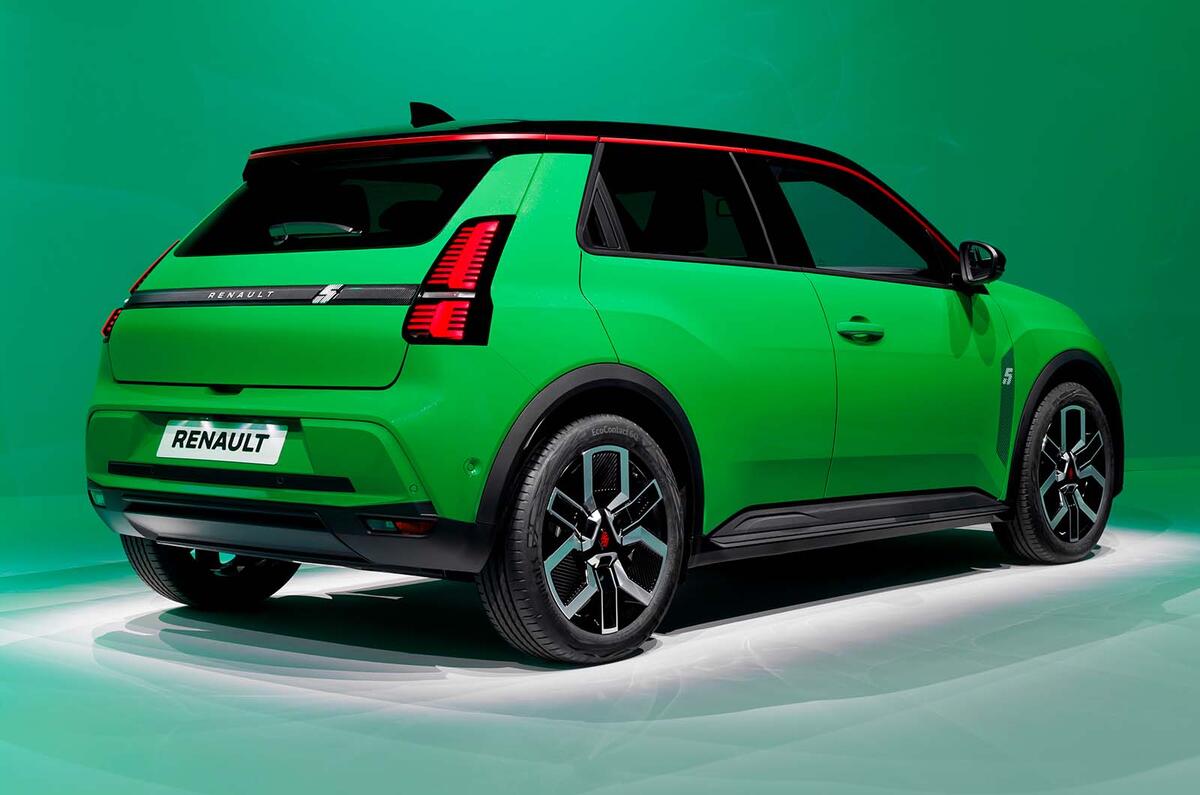
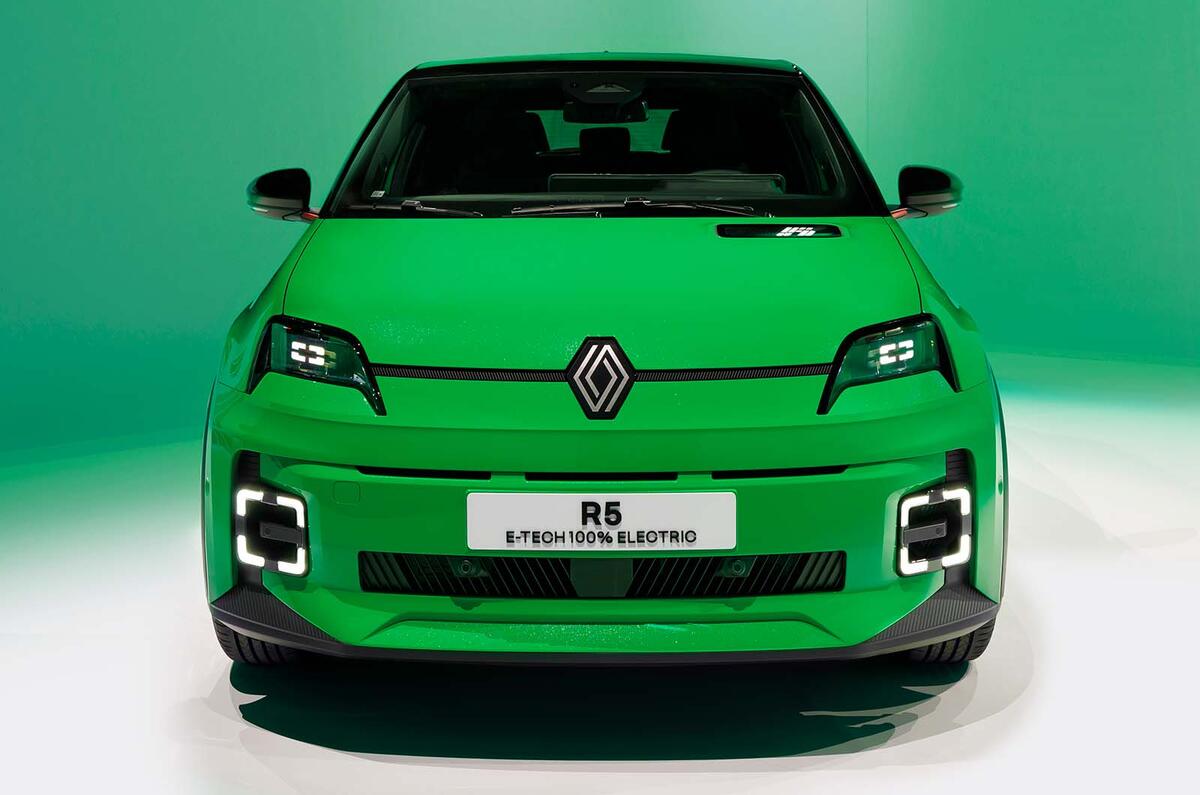


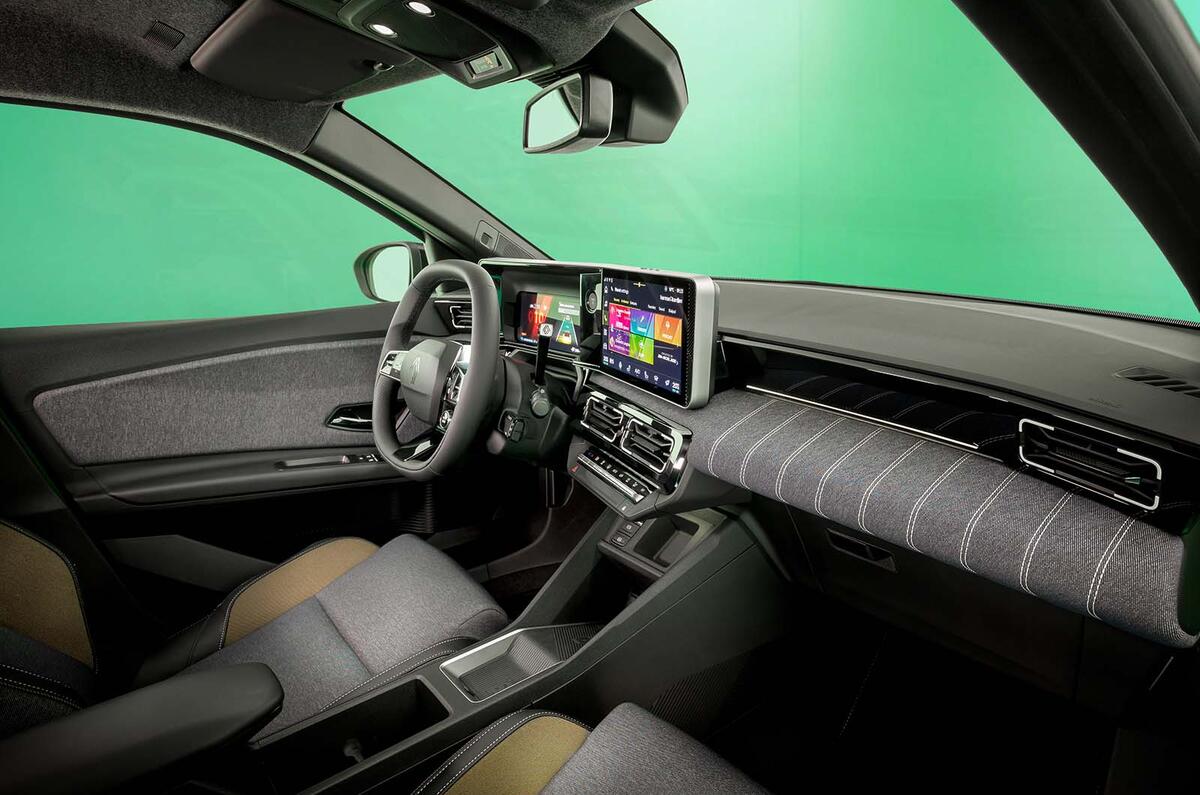
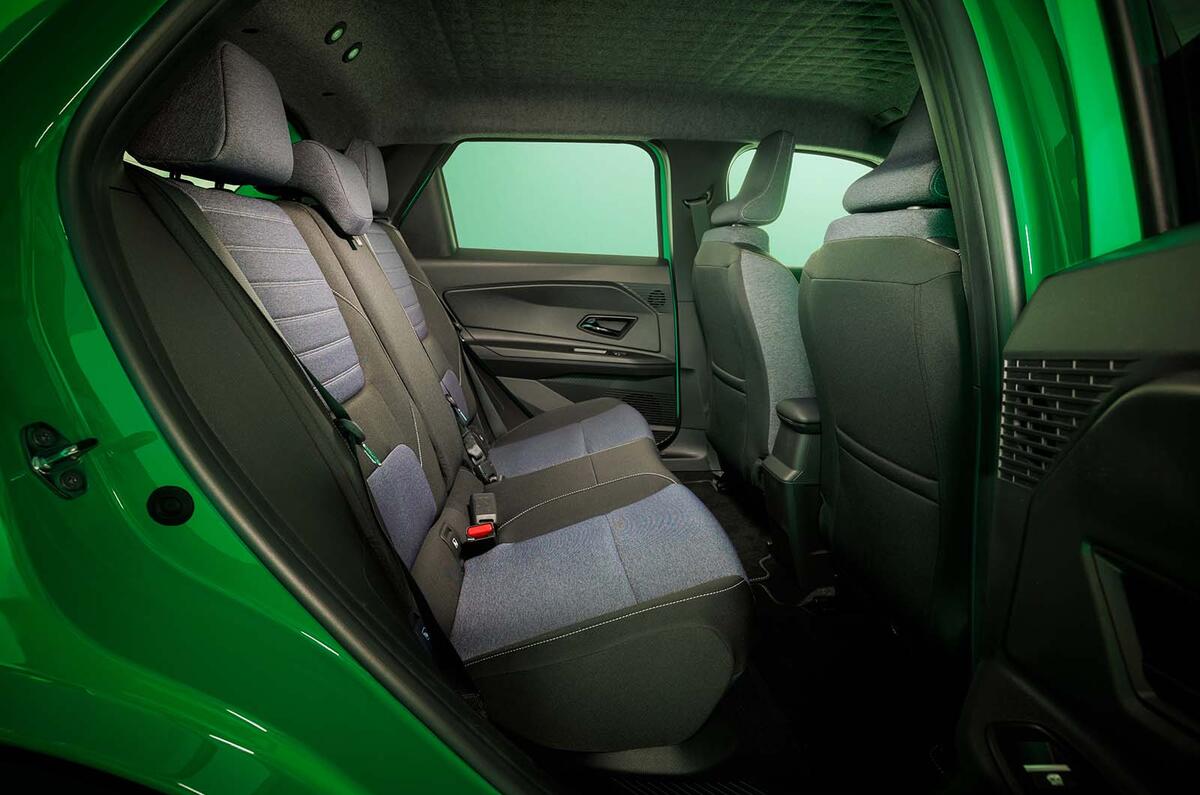
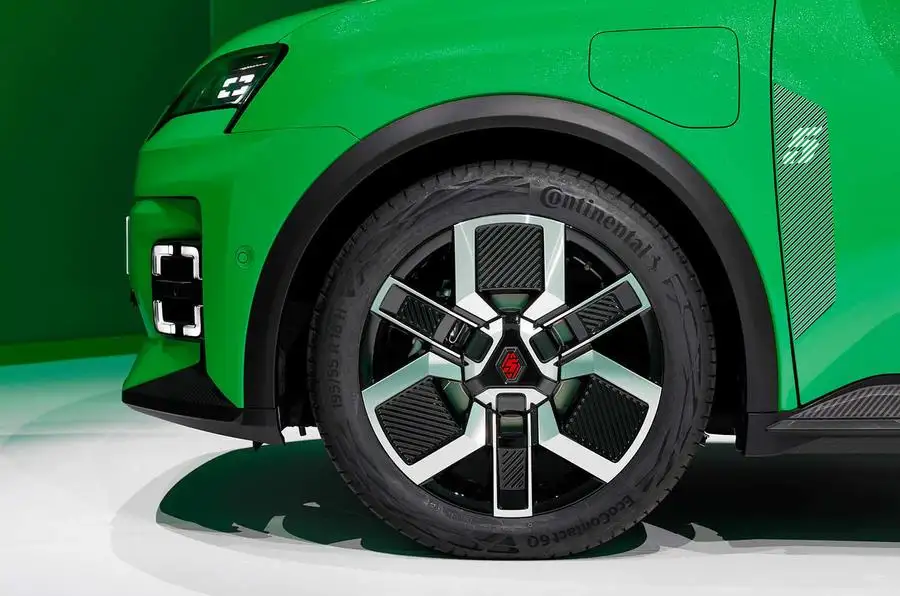





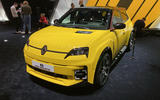























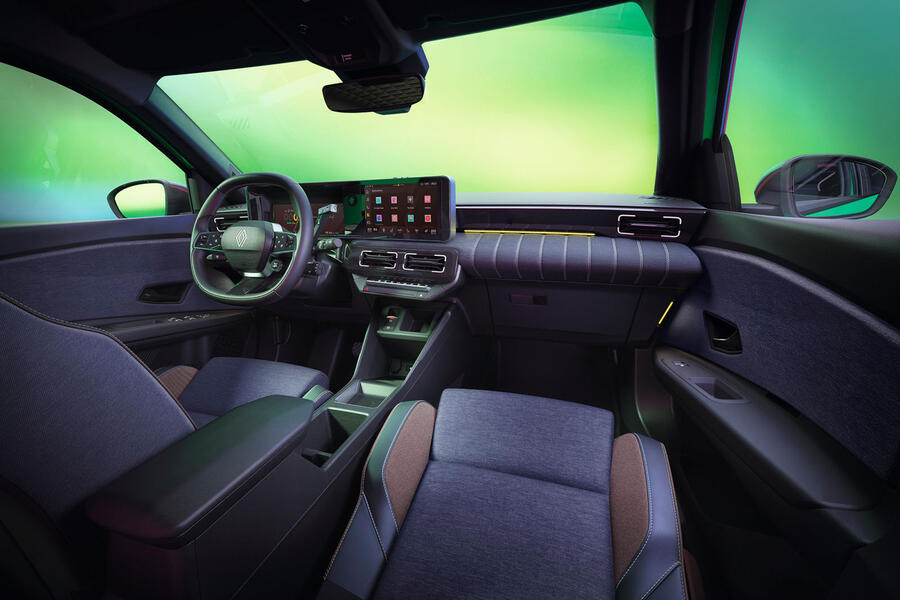
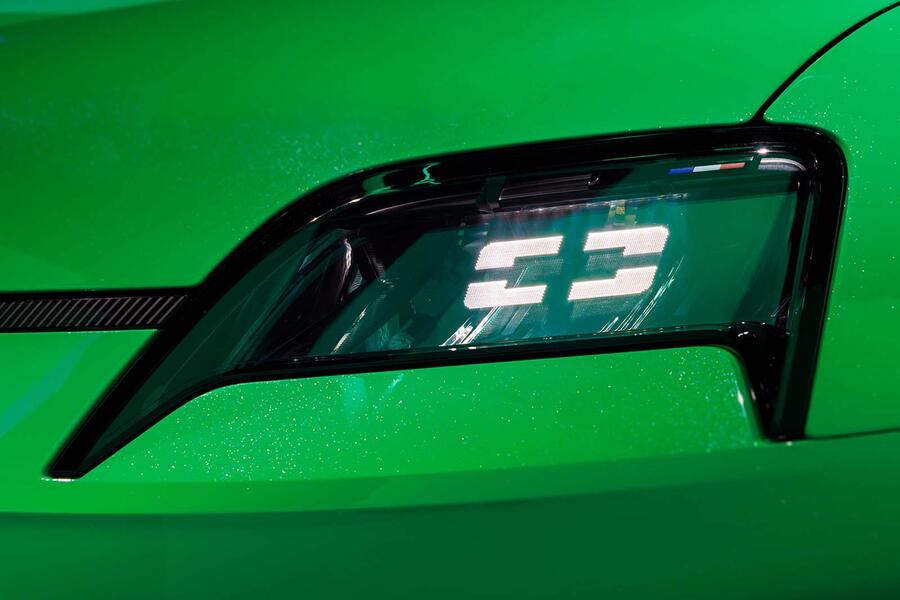
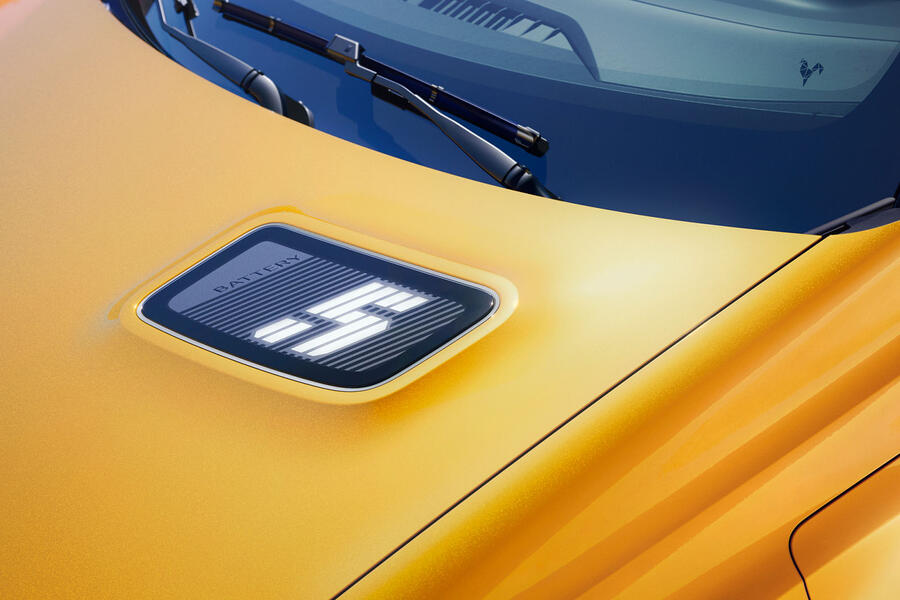
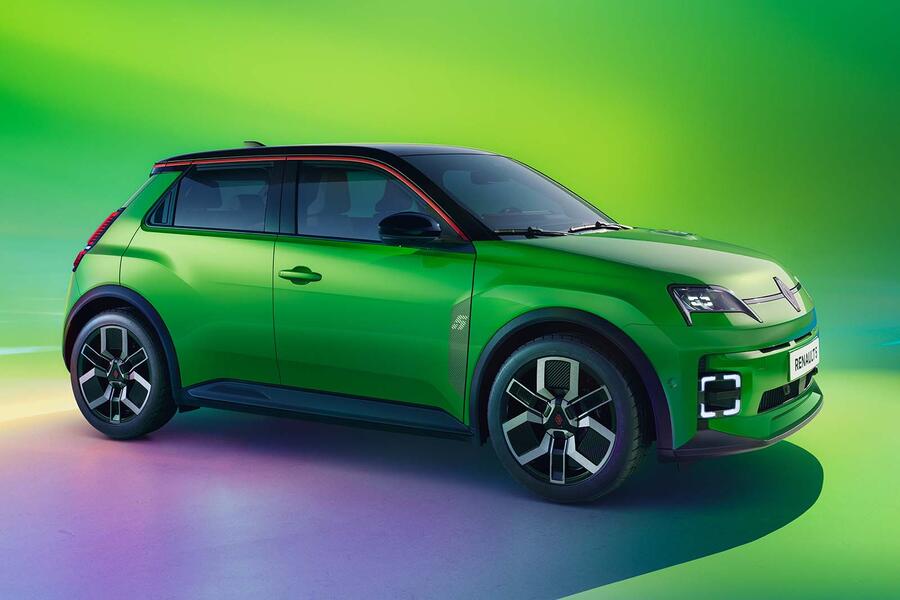







Join the debate
Add your comment
The only way Western manufacturers will be able to compete with the Chinese ones, is with vehicles like this, which are more than just boring domestic appliances, but also have style and character.
Stop saying "BMW Mini"!
There, I said it! Now what happens?
Looks very nice. Paper spec is reasonable, price decent, press-pack says its suitable to tow 500kg (small camping trailer or a rear bicycle rack).
Range not terrible; with the larger 52kWhr battery and assume 4mile/kwHr (what many cars do in practise driven sensibly but not too enthusiastically. I don't see anything revolutionary that's changing that rough figure). That gives about 200 miles long-trip range from totally full to totally empty, deduct the 20% the makers say not to use to preserve batteries, and its really 160miles (and less in winter - does it have a heat pump to at least make winter range not terrible ?). 160 mile long trip range might be OK if the charging infrastructure is available to recharge at sensible places on the journey. Without charging infrastructure, one ends up needing another car for longer journeys....
There is a long wait to see one for real: 2025 for the first UK examples.
Drove from Nuneaton in North Warwickshire this year to Cork in Ireland. Two charging stops, no charging issues at all.
It can be done, no other cars are needed. Just a little change management with your own perceptions.